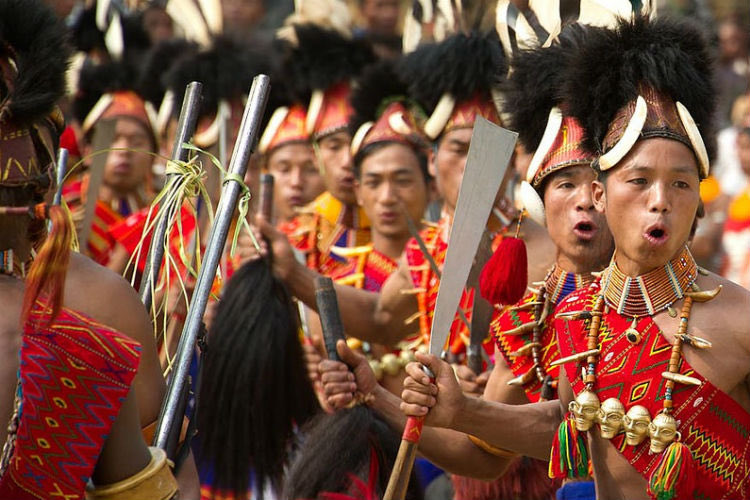
Arunachal Pradesh is a land of tribal communities. Owing to the number of tribes in the state, the cultural diversification and richness of Arunachal Pradesh are insane. Folk dances are a great way of showcasing one’s culture. People of Arunachal Pradesh have immense love for dance and are well-known for their joyous nature. Folk dances performed during festive occasions and moments of happiness depict the emotions and gratitude of the people. The folk dances represent the socio-cultural heritage and robust value system of the tribal lineages in the state.
Arunachal Pradesh Folk Dances Classification
Folk dances of Arunachal Pradesh may be divided into four distinct types, each of which is naturally performed for a variety of purposes. The following are the details:
- Festive Dance Shows are mostly celebration-oriented folk dances performed on specific occasions.
- Ritualistic Dance is a style of traditional dance performed with zeal in Arunachal Pradesh and based on particular ceremonies.
3, Recreational dance is something that people do in their leisure time. These dances are not part of any ceremony or festival, but they are done on special occasions to create a pleasant and joyous atmosphere.
- Pantomimes are a type of dance drama that depicts a mythical narrative with a message.
1. Ponung Dance
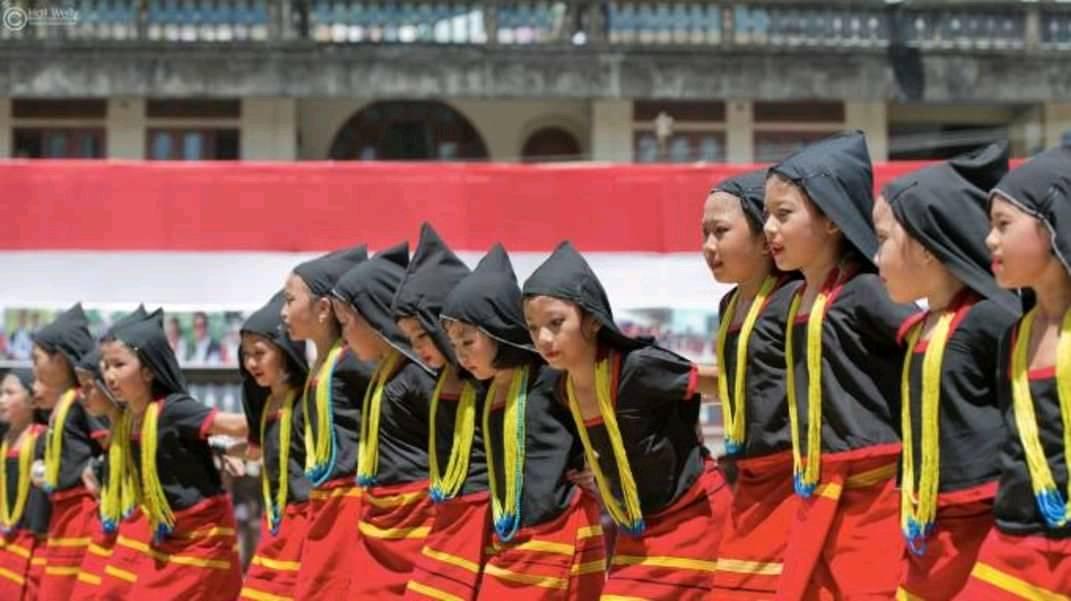
Ponung dance is a prominent and widely practised traditional art form in India’s Arunachal Pradesh state. It is the Adis community’s traditional folk dance, which is noted for its rich cultural way of life. Because of this Ponung, which is a dynamic dance accompanied by mesmerising tunes, the Adi hamlet and its indigenous inhabitants have grown in prominence. It is shown at the festival that takes place prior to the harvest. This dance is only done on auspicious and important occasions. The performance attracts a large number of visitors from all across the country. Ponung is a female-only dance that is performed in a group setting. Young married ladies, as well as young girls, can perform it. A Miri, a guy skilled in mythological songs about the origins of rice and other crops, leads the dancing performance. The females form a circle and dance in it while holding each other.
The dancers use ethnic clothing, which adds colour to their performance. The outfit consists mostly of a long skirt and Kurti. The basic colours used in the design of the skirt and Kurti are black, red, and blue. They also wear traditional heavy jewellery such as a necklace and an earring. Their hair is carefully tucked into a bun. On rare occasions, the contestants don an ethnic headpiece.
2. Daminda Dance

Women from every family offer a vessel of rice beer produced traditionally at home to their elder brother, sister, son-in-law, guest, etc. on the joyful occasion of Dree as a token of love and affection. The receiver, in turn, presents them with a slice of bacon or roasted meat. Dancing and musical tunes play a significant role in festivals and other happy occasions. In reality, the Apatani tribes execute a variety of traditional dances, including Daminda and Pakhu Ittu, which are very popular. ‘Daminda,’ the tribe’s most popular traditional and folk song, is connected with the Dree celebration and is sung by the community’s women and children. Daminda is a traditional song that describes the magnificence of former Apatanis.
3. Wancho Dance
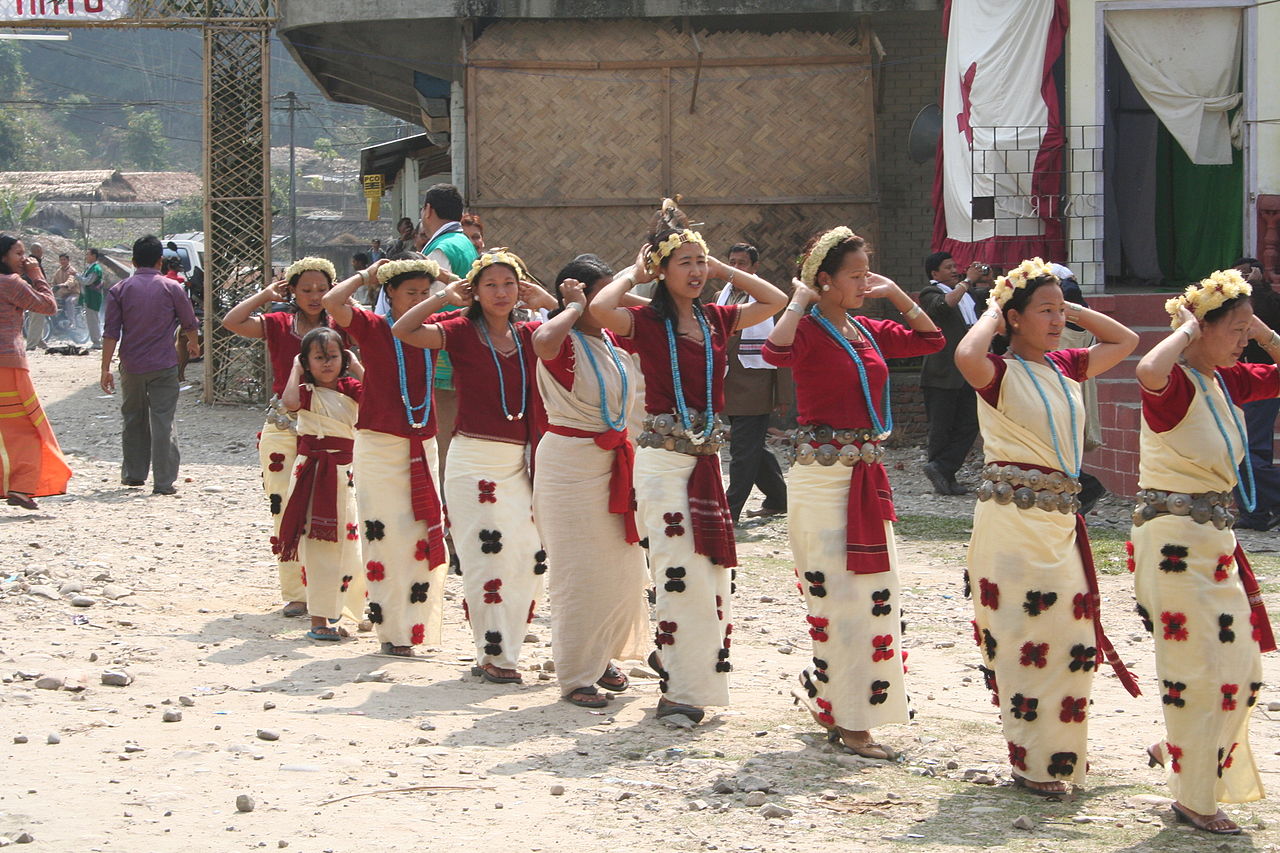
Among the Wancho tribe’s members, the Ozele celebration is immensely popular. It is traditionally observed in the months of February and March. It is observed following the seeding of millets. Between 9 p.m. and 11 p.m., the dance is generally performed in the village chief’s residence. Males of various ages, as well as young married ladies, take part in the dance. Male dancers execute the dance first, followed by female dancers once the guys have left the stage. During the performance, the men dancers hold swords in their right hands. From the waist, a cane basket drapes over the dancers’ buttocks. Male dancers use white or blue loincloths, while female dancers wear vividly coloured loincloths.
4. The Idu Mishmi Ritual Dance
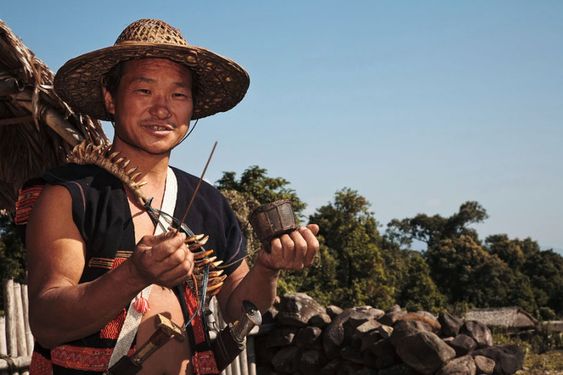
The fertility dance and ritual dance are performed by the Idu Mishmi people of Arunachal Pradesh. On the last day of the Rren ritual, the fertility dance is frequently performed. The Mesalah, Rren, Ai-him, and Ai-ah rites are presided over by the priest and priestesses. Drums are generally heard accompanying the dances.
The priests are dressed in loincloths, short-sleeved jackets, beaded necklaces, a leather bag slung over the right shoulder, a sword, cowry studded headbands, necklaces studded with tiger teeth, and a few metal bells. Mishmi skirts, beaded necklaces, and short-sleeved clothing are worn by the priestess. The dance is frequently accompanied by horn bugles and drums.
The dance is alternately performed by the priest and the priestess. During the performance, there are several dancing movements to choose from. The dancers are chosen from within the audience, in addition to the priest and priestess.
5. Digaru Mishmi Buiya Dance
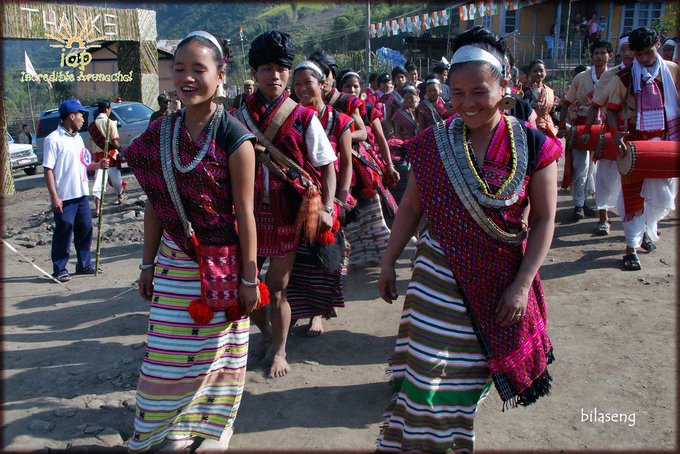
Buiya and Nuiya are two types of dance performed by the Digaru Mishmi tribe of Arunachal Pradesh. Nuiya is a ceremonial dance, whereas Buiya is an entertaining dance.
Buiya dance is done during Tazampu, Duiya, and Tanuya, among other occasions. The aforementioned festivals are generally held for the community’s health and prosperity. Male dancers are typically dressed in loincloths, sleeveless jackets, turbans, and earrings. Long skirts, blouses, and side purses are worn by female performers. The dancers form a line in a passage, one behind the other. One of the dancers is a drummer, while the other is a gong player. Depending on availability, another dancer may also play the cymbals. The dancers do numerous moves to these beats. They take one step forward with their right foot, then softly bring their left foot up to the heel of their left foot while flexing their knees as previously. The dance is repeated until it reaches the back of the passage by repeating this series of motions. As a result, they dance up and down the house’s corridor. The dancers may sing solo or in a chorus when they sing a song. During this time, there is usually no movement.
6. The Khampti Dance
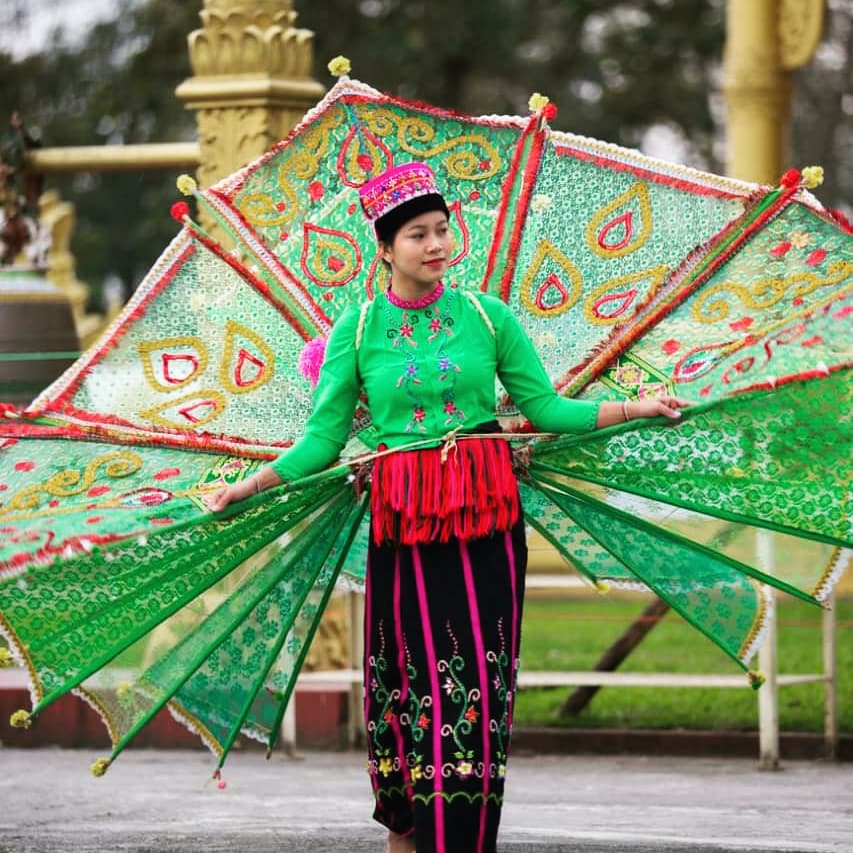
The Kamptis, who are Buddhists, conduct a variety of dance performances representing historical traditions and legendary tales. On the occasions of Khamsang, Sankian, and Potwah, these dance plays are commonly performed. They depict the festival’s entertainment component. The villagers send out invitations to the performance’s drama party. The dance-drama rehearsals begin approximately a month before the festival and are usually held in a monastery or any other location of their choosing. The drama is then performed in the front courtyard or any suitable open place near the dwellings. This dance is accompanied by musical instruments such as gogs and cymbals. Women are rarely visible in theatre performances, thus men dressed in women’s clothing fulfil feminine parts. Following the performances, the party is awarded a monetary reward. They use this money to buy the costumes and masks that ar used in the dramas. If there are surpluses, they are shared by all participants of the theatre.
7. Rikhampada Dance
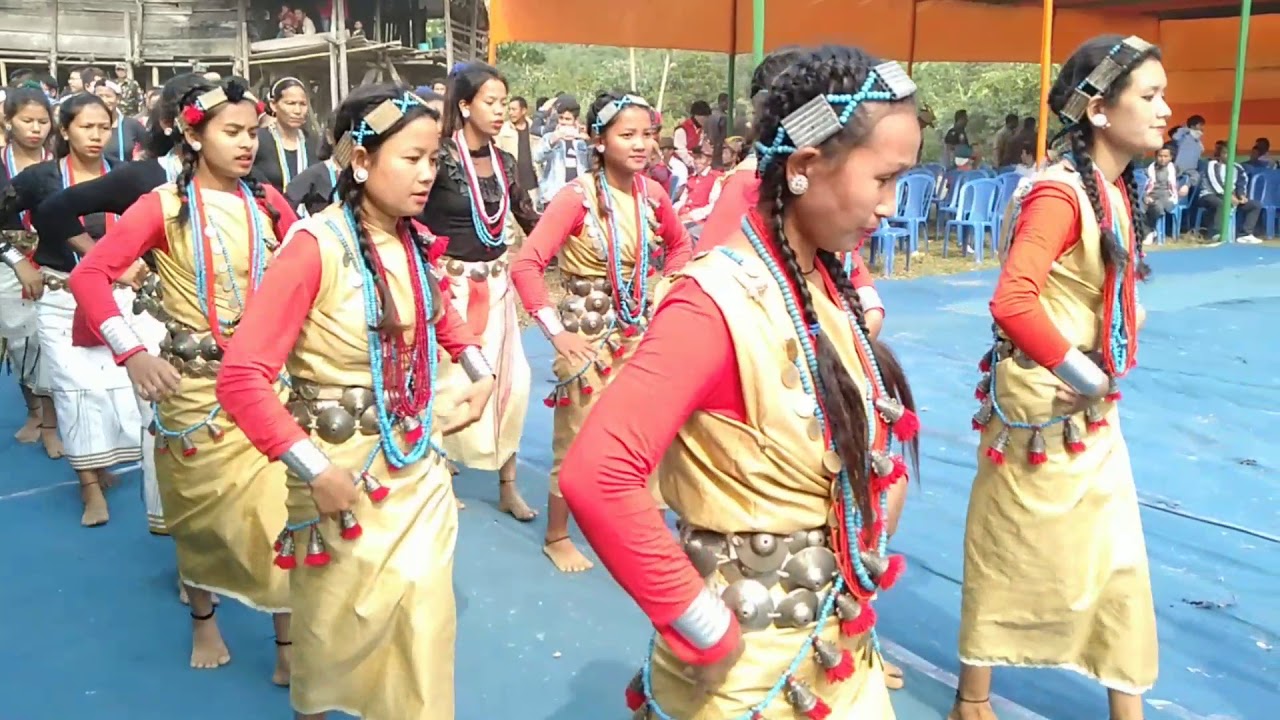
The Rikhampada folk dance is one of the most lively and glorified folk dances of the state. The parent tribes of this dance are the famous Nyishi tribes which belong to the Lower Subansiri district of Arunachal Pradesh. The largest tribe of the state, the Nyishi tribe, performs this dance at the famous Nyokum festival. The history of the origination of the Rikhampada Dance suggests that the Abotanis introduced this dance to the Nyishi tribes.
8. Ka Fifai Dance-Drama
The Ka Fifai is also a dance-drama that depicts the kidnapping of a man’s daughter by spirits while wandering through the garden. The drama goes on to describe how the King’s ministers plot and carry out the girl’s rescue from the grasp of the spirits.
9. Sadinuktso (Akas)
The Sadinuktso dance is extremely famous among Akas tribal people. It is practiced practically every time the tribe gathers. It is particularly common during weddings or the construction of a new home. A group of guys and girls individually performs the dance. The main dance is performed alternately by a member from each group until all of the dancers have finished.
Arunachal Pradesh is the ideal destination for those seeking rejuvenation and quiet in the Himalayas. Apart from its magnificent natural beauty, this land’s rich and distinct culture is what makes it absolutely beautiful. Arunachal Pradesh is a proud state in India that is still keeping its traditional culture and customs in today’s increasingly westernized world. Arunachal Pradesh’s inhabitants rely heavily on dance and music in their daily lives. It’s amazing to see how far Arunachal Pradesh’s traditional dances have continued to progress.






Good
Thanks Addvika 🙂